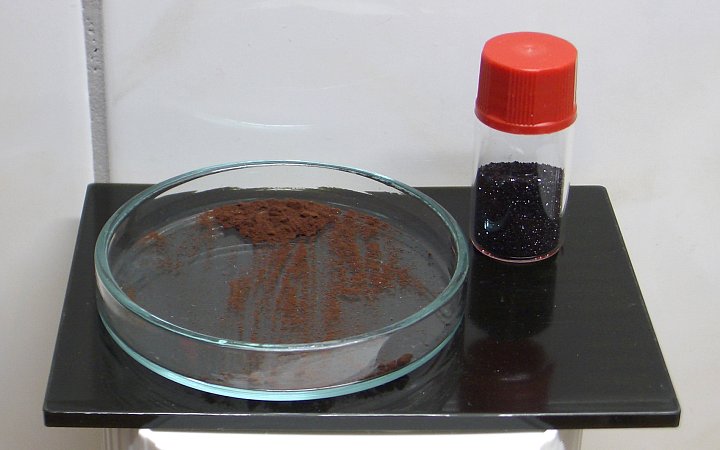


 ), which can be followed by other home chemists, in the hope
that the compound K3CrO8 becomes more widespread among home chemists. It is a very interesting compound, which keeps well (I already have a sample, 17
years old, and now I have a new sample as well).
), which can be followed by other home chemists, in the hope
that the compound K3CrO8 becomes more widespread among home chemists. It is a very interesting compound, which keeps well (I already have a sample, 17
years old, and now I have a new sample as well).

| Quote: |
| Quote: |


 ...
... a complete
apart world (aparte wereld
a complete
apart world (aparte wereld  )
)





 . Good to see that this stuff raises so much interest!
. Good to see that this stuff raises so much interest! .
.| Quote: |
| Quote: |
 and there was a lot of steam.
Wooo that was frightening. Hence my modification to use dilute H2O2.
and there was a lot of steam.
Wooo that was frightening. Hence my modification to use dilute H2O2.
| Quote: |






 This is consistent with the ERNSTH .
RIESENFELD statement I cited earlier, stating that the triammine complex is formed only if
This is consistent with the ERNSTH .
RIESENFELD statement I cited earlier, stating that the triammine complex is formed only if 

| Quote: |
| Quote: |
 , given the small amount used for this experiment. There was a very
loud bang, at first hit!
, given the small amount used for this experiment. There was a very
loud bang, at first hit! 

| Quote: |

| Quote: |
| Quote: |
 ).
).